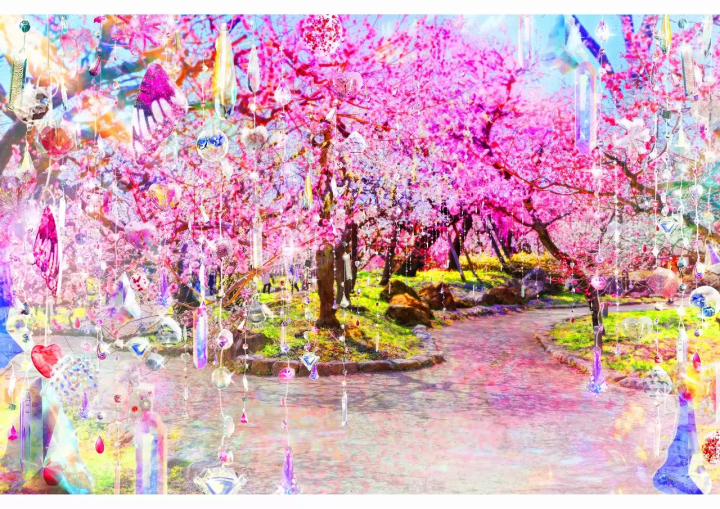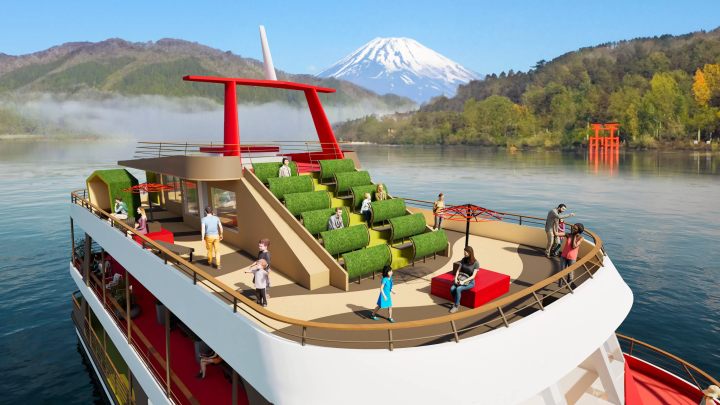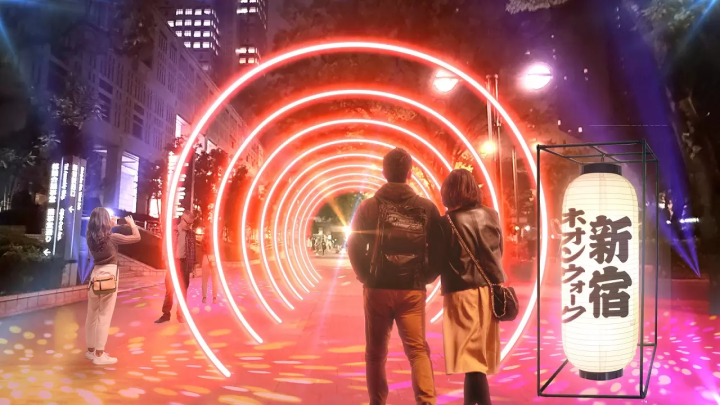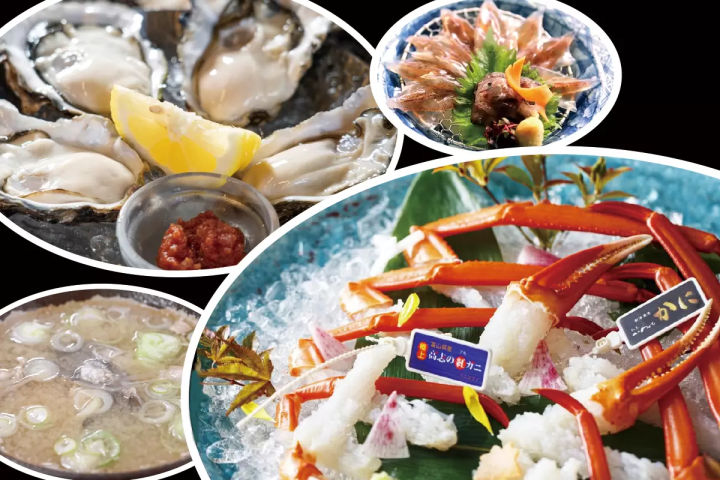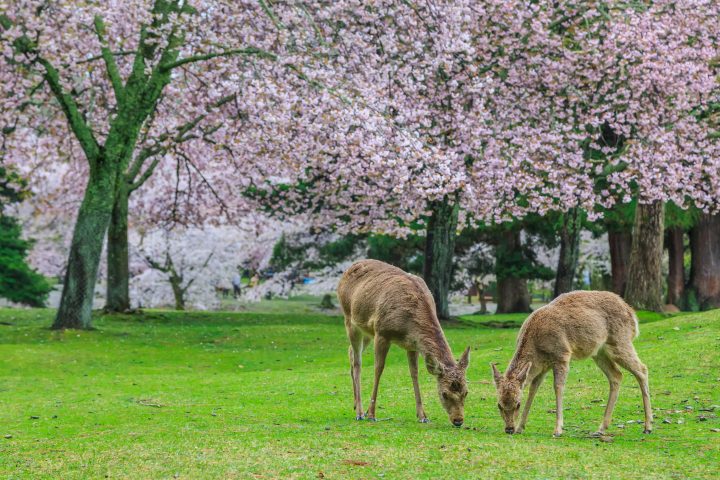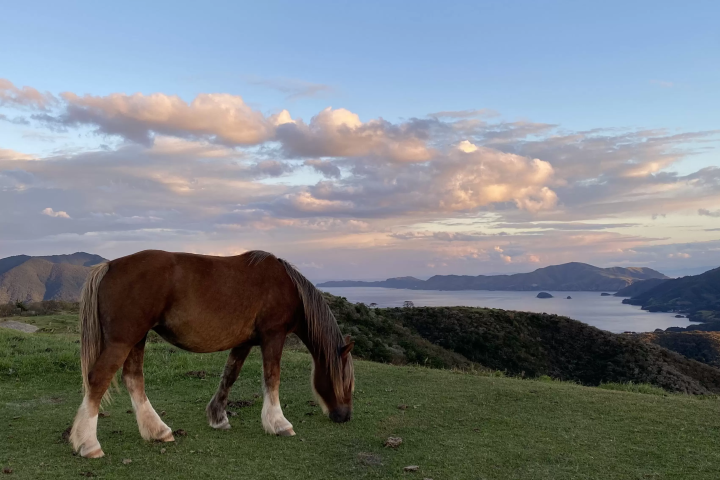A two- Tomari, one-night tour of four of Japan's 100 most famous castles

This is a two-day, one-night itinerary to visit four of the "100 Most Famous Castles of Japan" in Okayama Prefecture : Bitchu Matsuyama Castle Okayama Castle castle in the sky; Okayama Castle, with its beautiful Tomari -black castle tower; Tsuyama Castle, a famous cherry blossom itinerary ; and Kinojo Castle shrouded in mystery.
2 days and 1 Tomari
Stay overnight at Yunogo Onsen
Spots introduced in this itinerary
Okayama Prefecture is located in the Center of Western Japan and is known as the "Land of Sunshine" due to its warm climate and little rain throughout the year. It's conveniently located halfway between famous tourist destinations like Kyoto, Osaka, and Hiroshima! It's also the gateway to Shikoku via the Seto. Okayama is also known as the "Fruit Okayama," and the fruits that are sun-drenched in the warm climate of the Setouchi are of the highest quality in terms of sweetness, aroma, and flavor. You can enjoy seasonal fruits such as white peaches, Muscat grapes, and Pione grapes! Okayama is also home to world-class tourist spots, including Okayama Castle, Okayama Korakuen Garden, one of Japan's three most famous gardens, and Kurashiki Bikan Historical Quarter, which boasts history, culture, and art!
The contents on this page may partially contain automatic translation.



























